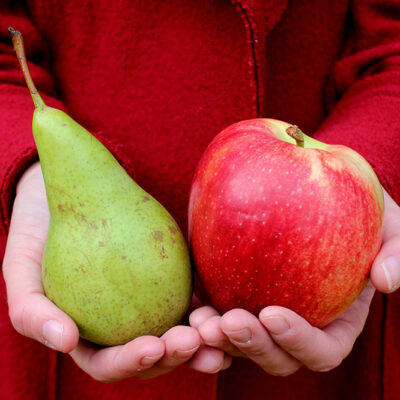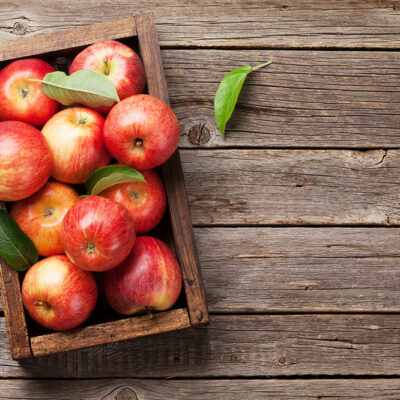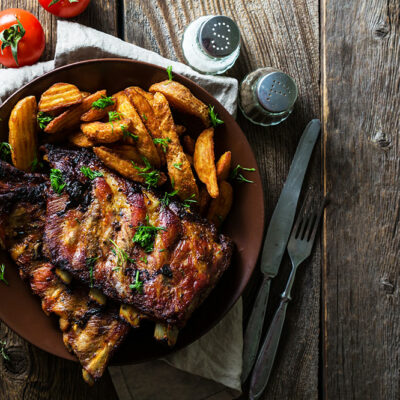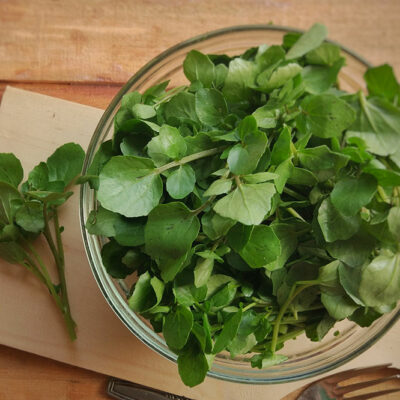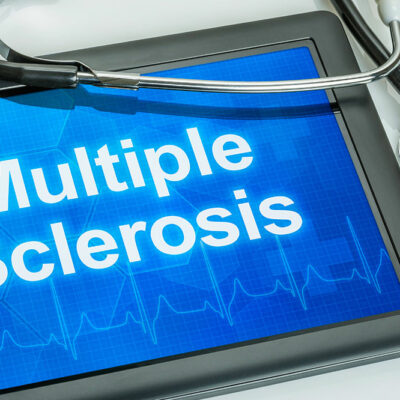
Food
6 Inadvisable Eating Habits for Schizophrenia Patients
Schizophrenia is mainly characterized by symptoms like hallucinations, tremors, mood disorders, rage issues, and anxiety. People with this condition have to be on treatment all their life. Food habits play a role in making the condition better or worse. Here is a list of foods for schizophrenia and eating habits that can worsen the condition. 1. Eating for Comfort A lot of schizophrenia patients start eating for comfort and to feel good about themselves. As a result, they start gaining weight and obesity causes other physical and mental issues. Depending on food for comfort is a habit that schizophrenia patients definitely have to stay away from. 2. Starving If one category of these patients end up binge eating, others start starving themselves and getting anorexic. This becomes a bigger eating disorder to deal with. Starvation can make mood swings worse. Eating healthy foods for schizophrenia and avoiding starvation will help deal with the condition better. 3. Excess Takeout Food Ordering a lot of takeaways is something schizophrenics should avoid. Takeaways are loaded with sugar, trans fat, and unhealthy ingredients. These can lead to weight gain, diabetes, and cardiovascular problems. Home-cooked food is healthier and cheaper. Moreover, cooking can become a pastime that schizophrenics can look forward to 4.
Read More 